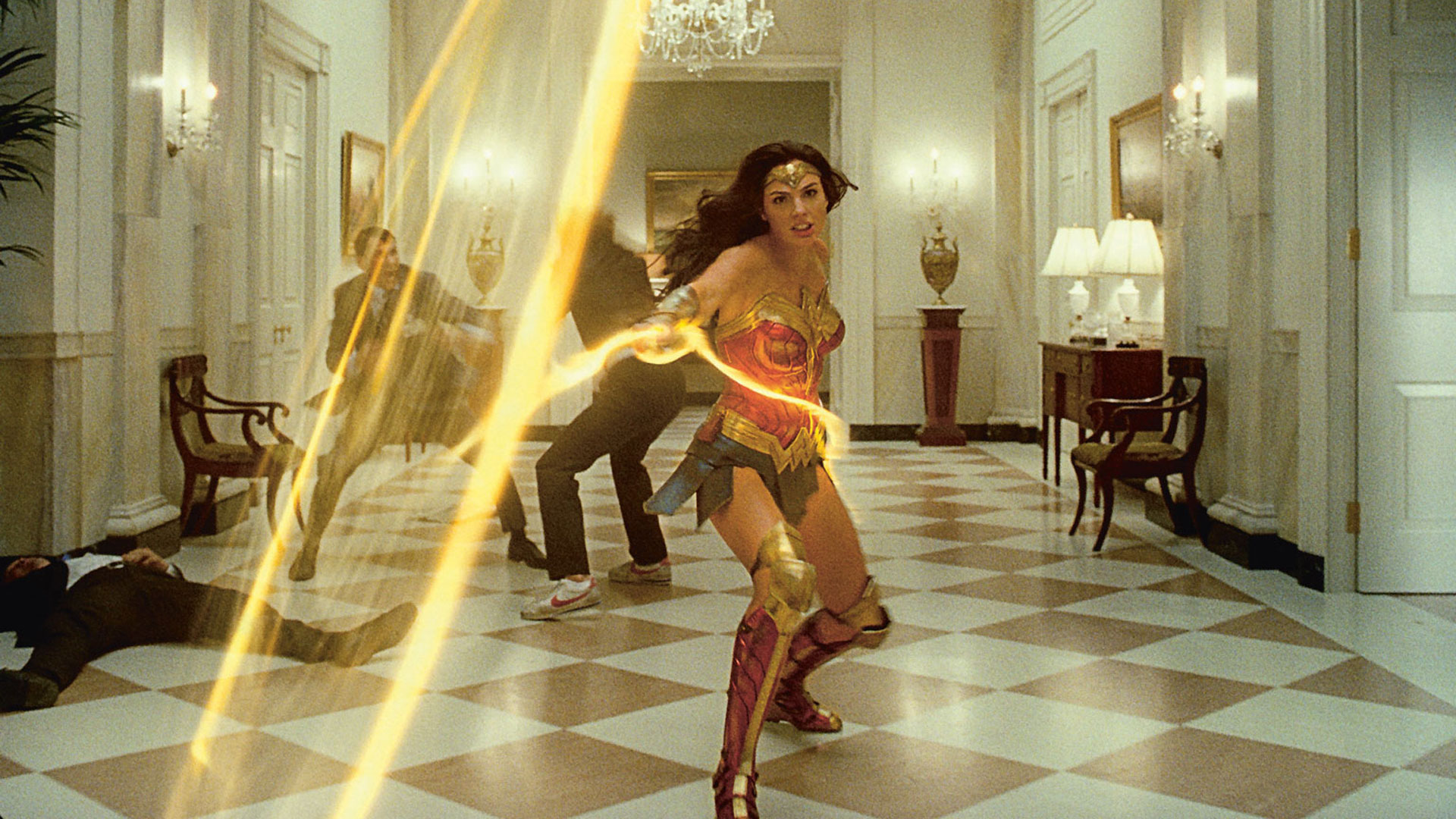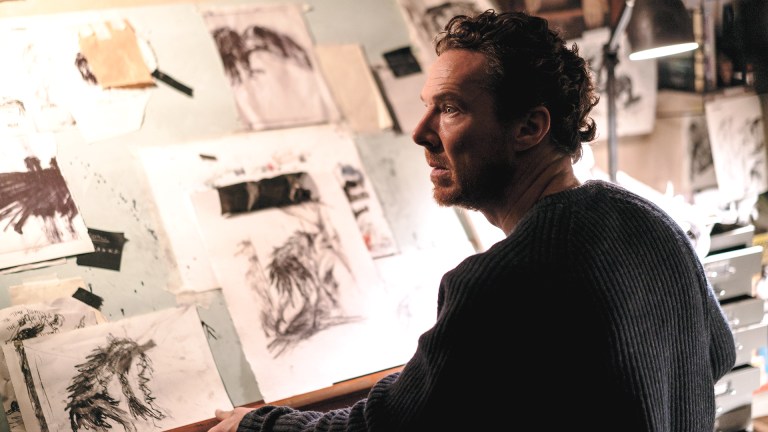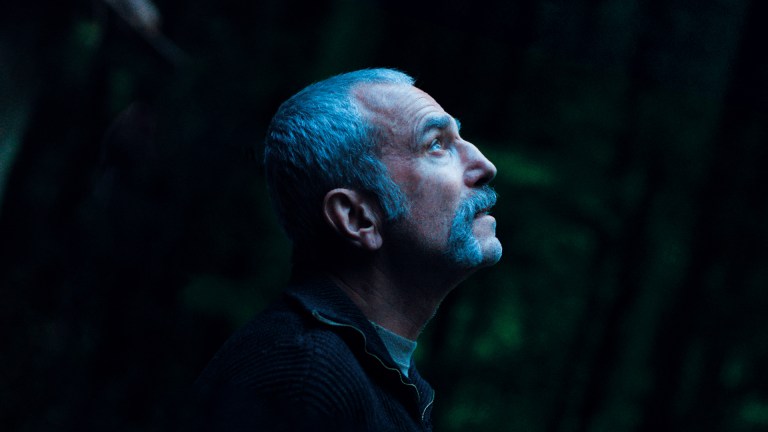Whoever you are, wherever you are, 2020 will have left a bruise. One that you’ll tend to for the months and years ahead. A reminder of what we’ve endured, will continue to endure. As individuals, as communities, as industries. Film is no different. The faint outline of this year will be visible long after the blood leaves the soft tissue.
The doomsayers were up out of their chair as soon as the first whispers were heard of a flu out of Wuhan. Then came the first lockdown in March and the year’s films scattered out of the slate. Film was on its knees, they said. Cinema was dead! How could the industry survive in the face of a global shutdown of productions and total closure of cinemas? It was, and is, a fair question. But survive it has and survive it will.
Yes, right now, the bruise is fresh, tender to the touch. We ended 2020 with most of the country’s cinemas dark – either as they’re in tier three, or because (as in the case of Cineworld and Picturehouse) they’d already taken the business decision to close. Some of us are desperate to see the films – Black Widow, Bond – that should have played this year. Others are confused as to why cinemas – with their stringent Covid safety measures – aren’t allowed to open while gyms, saunas, spas and shops can.
Support The Big Issue and our vendors by signing up for a subscription
Film has had to reckon with how much the size of a screen truly matters. Studios, distributors and filmmakers have tried new ways to get films to an audience. Whether that’s a streaming platform – Borat Subsequent Moviefilm was acquired by Amazon Studios and put out on Prime Video – or their own VOD service (Mulan, for example, was on Disney+).
Going one gigantic step further was Warner Bros, who announced last month that in the US, all of their 2021 movies would be released concurrently on their streaming platform HBO Max and in theatres, thus completely destroying the usually-sacrosanct theatrical window. Cinema chains slammed the move, as did several furious filmmakers.









